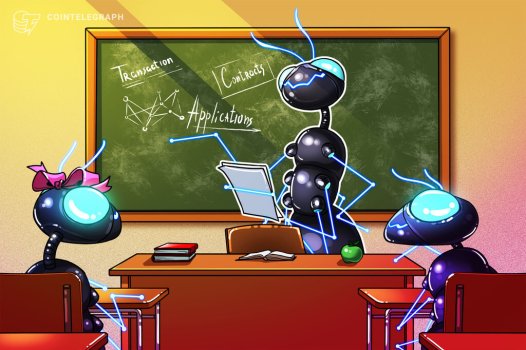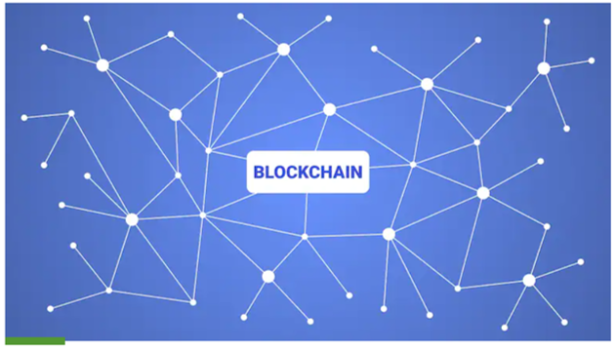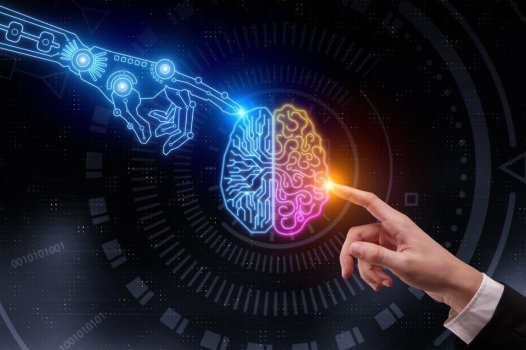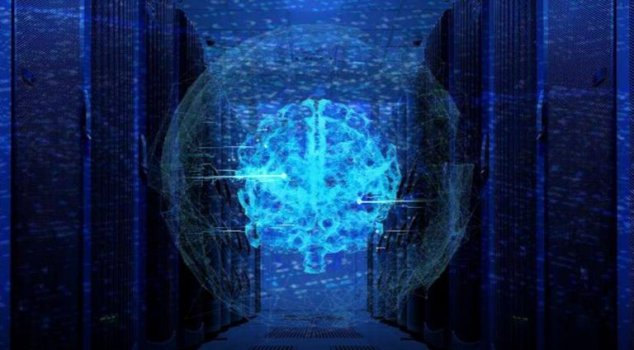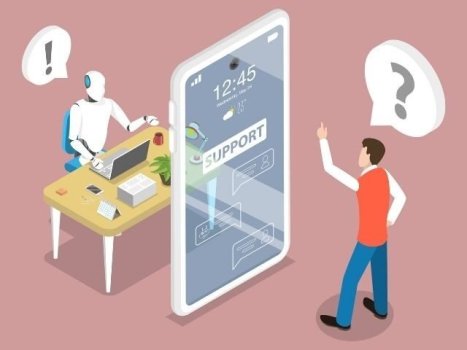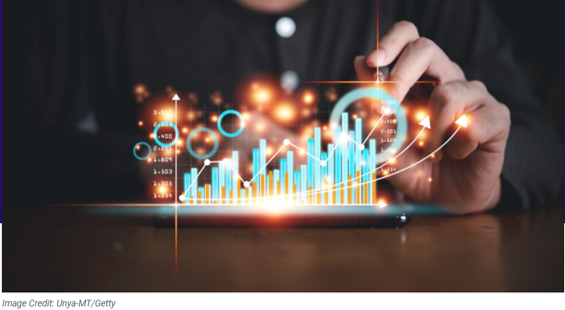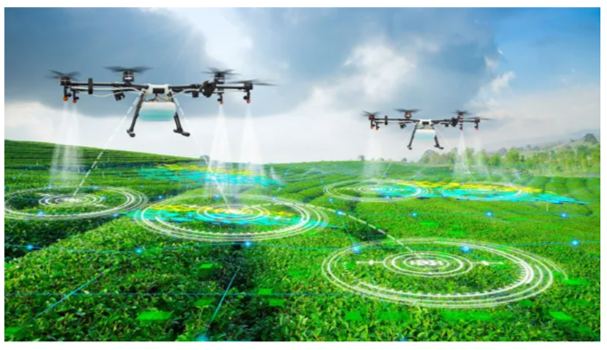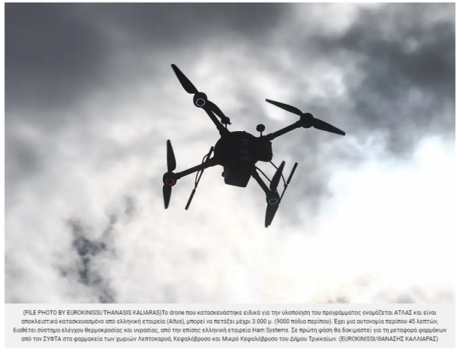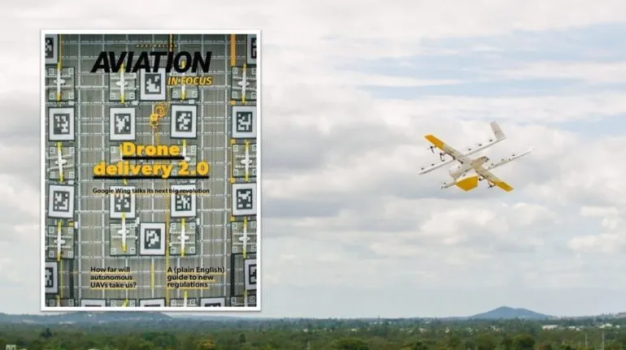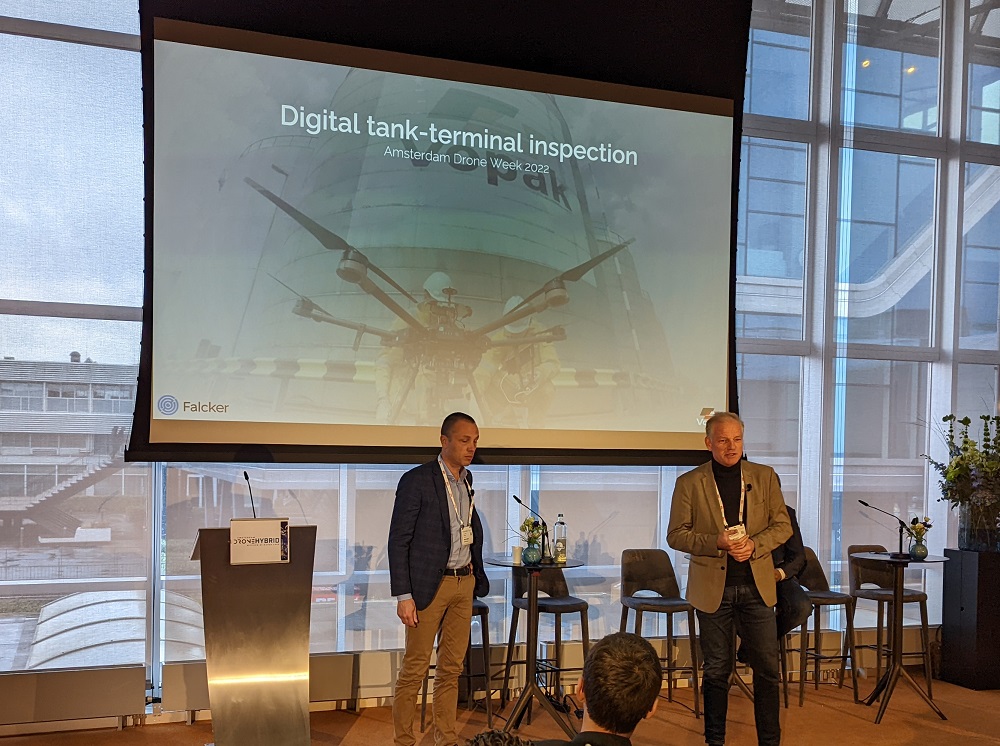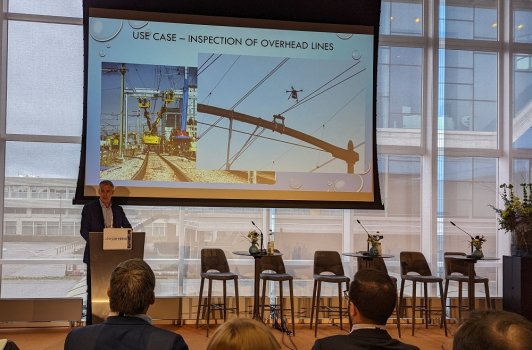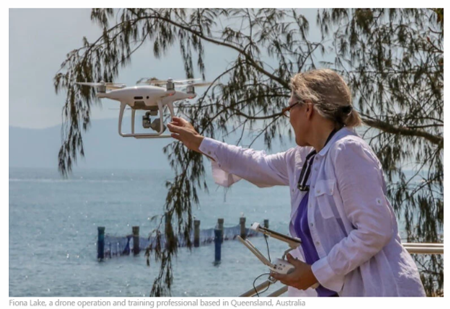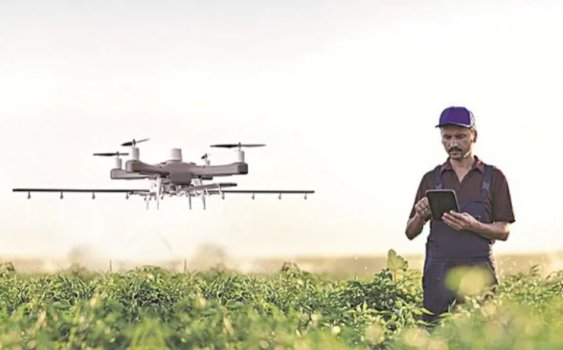The evolution of blockchain: Transactions, contracts and applications
- Technology Solutions
- 0 Replies
What is the blockchain?
Blockchain technology is a cryptographic chain of peer-to-peer transactions. Blockchain transactions are stored in a trustless manner, thanks to decentralized nodes that validate and commit them.
Bitcoin, the first-ever cryptocurrency, introduced blockchain technology and the concept of a blockchain ecosystem to the world. When examining the history of blockchain, we’ve got to look back to 2009. Revealed in 2009 by the anonymous Satoshi Nakamoto, the Bitcoin white paper detailed a solution to the double-spend problem surrounding digital peer-to-peer payments.
Transactions in blockchain
Nakamoto evolved transactions into trustless entities, removing the need for an intermediary.
Nakamoto’s white paper presented their problems with traditional finance, stating that e-commerce had come to rely almost entirely on third-party intermediaries to process digital transactions. These intermediaries must spend time and money on mediating transactions, increasing costs for the transacting parties and limiting the potential for smaller, everyday transactions, among other problems.
This solution entailed immutably timestamping transactions via computational proofs and hashing those transactions into an “ongoing chain of hash-based proof-of-work.”
Such a chain would exist in a decentralized manner — as a timestamp server distributed among willingly participating nodes. If nodes were to leave and come back, they would take on a copy of the longest existing chain and continue from there.
Decentralizing the transaction process allowed for trustless peer-to-peer interactivity, removing the need for third-party involvement and, ideally, providing cheaper and faster transactions to all. However, once the technology was in place, users needed a way to transact on top of it, which is where Bitcoin came into play.
So when asking whether Bitcoin or blockchain came first, we now know the answer is blockchain.
Continue reading: https://cointelegraph.com/explained/the-evolution-of-blockchain-transactions-contracts-and-applications
Blockchain technology is a cryptographic chain of peer-to-peer transactions. Blockchain transactions are stored in a trustless manner, thanks to decentralized nodes that validate and commit them.
Bitcoin, the first-ever cryptocurrency, introduced blockchain technology and the concept of a blockchain ecosystem to the world. When examining the history of blockchain, we’ve got to look back to 2009. Revealed in 2009 by the anonymous Satoshi Nakamoto, the Bitcoin white paper detailed a solution to the double-spend problem surrounding digital peer-to-peer payments.
Transactions in blockchain
Nakamoto evolved transactions into trustless entities, removing the need for an intermediary.
Nakamoto’s white paper presented their problems with traditional finance, stating that e-commerce had come to rely almost entirely on third-party intermediaries to process digital transactions. These intermediaries must spend time and money on mediating transactions, increasing costs for the transacting parties and limiting the potential for smaller, everyday transactions, among other problems.
This solution entailed immutably timestamping transactions via computational proofs and hashing those transactions into an “ongoing chain of hash-based proof-of-work.”
Such a chain would exist in a decentralized manner — as a timestamp server distributed among willingly participating nodes. If nodes were to leave and come back, they would take on a copy of the longest existing chain and continue from there.
Decentralizing the transaction process allowed for trustless peer-to-peer interactivity, removing the need for third-party involvement and, ideally, providing cheaper and faster transactions to all. However, once the technology was in place, users needed a way to transact on top of it, which is where Bitcoin came into play.
So when asking whether Bitcoin or blockchain came first, we now know the answer is blockchain.
Continue reading: https://cointelegraph.com/explained/the-evolution-of-blockchain-transactions-contracts-and-applications

